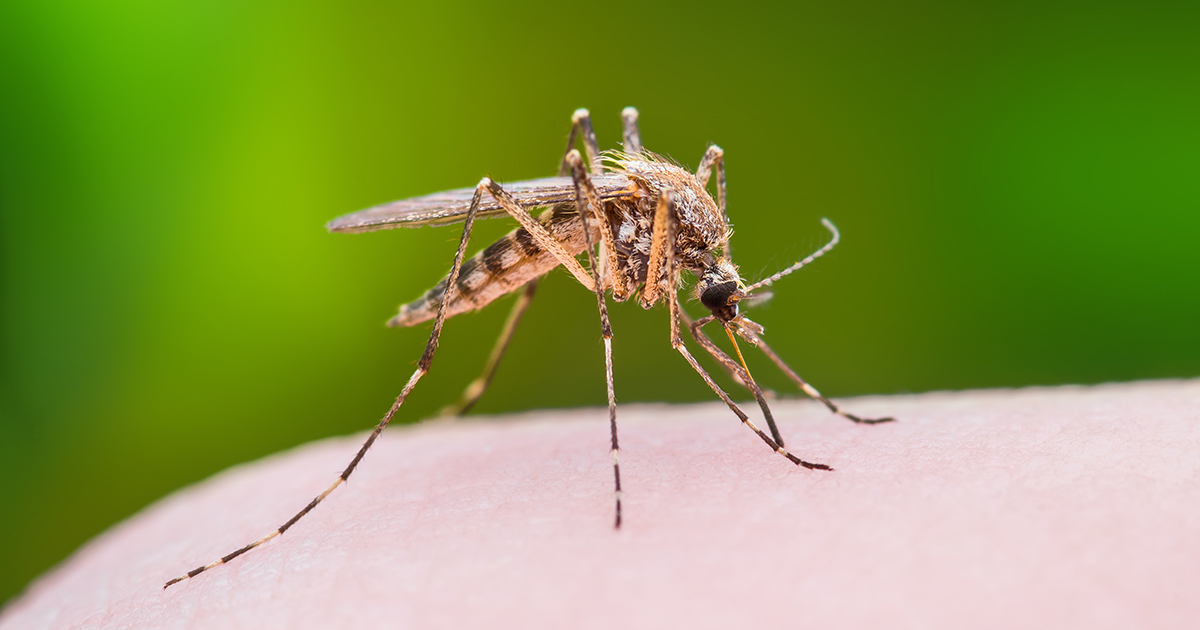A recent study published in the Journal of the American Medical Association sheds light on the prevalence of delta-8 THC usage among high school seniors across the United States. Conducted by researchers at the Keck School of Medicine at the University of Southern California, the study provides a comprehensive examination of teenage consumption of delta-8, a cannabis derivative gaining popularity due to legal ambiguities.
The research, drawing from data sourced from the Monitoring the Future survey – a nationwide initiative led by the University of Michigan and funded by the National Institute on Drug Abuse – focused on responses from nearly 2,000 high school seniors between February and June 2023. The findings revealed that over 11% of the surveyed seniors reported using delta-8 THC, a compound closely related to the psychoactive substance found in marijuana. Notably, this percentage exceeds the reported usage of traditional marijuana among the same demographic, with nearly 31% admitting to marijuana use within the past year.
Senior study author Adam Leventhal, who serves as the director of the University of Southern California Institute for Addiction Science, expressed concern over the prevalence of delta-8 usage among adolescents, citing the lack of comprehensive research into its effects. Delta-8 THC, although chemically akin to delta-9 THC – the primary psychoactive component in marijuana – lacks sufficient empirical scrutiny to definitively determine its potency or potential health consequences.
The rise of delta-8 THC can be attributed to a legal loophole stemming from the 2018 farm bill, which legalized hemp cultivation with specific restrictions on delta-9 THC content. However, the legislation did not explicitly address delta-8 THC, allowing its sale and distribution as long as it originates from hemp plants containing less than 0.3% delta-9 THC. Consequently, vendors have capitalized on this oversight, marketing delta-8 products as legal alternatives to marijuana.
The study identified regional disparities in delta-8 usage, with higher prevalence rates observed in the South and Midwest, as well as in states lacking recreational marijuana legalization. Additionally, the absence of regulatory frameworks governing delta-8 has facilitated its accessibility and usage, particularly in areas without legal marijuana markets.
Experts caution against the potential health risks associated with delta-8 THC, emphasizing its chemical similarity to delta-9 THC and the potential impact on adolescent brain development. Concerns extend to the broader landscape of synthetic cannabinoids entering the market, highlighting the need for further research and regulatory oversight.
Addressing the regulatory gap surrounding delta-8 THC requires legislative intervention to safeguard adolescents from potential harm. Dr. Scott Hadland, an addiction specialist at Mass General for Children in Boston, underscores the urgency of implementing age restrictions and regulatory measures to mitigate the accessibility of delta-8 products among youth.
As policymakers grapple with the complexities of cannabis regulation, the findings of this study underscore the pressing need for proactive measures to address emerging trends in substance use among adolescents and mitigate associated public health risks.



